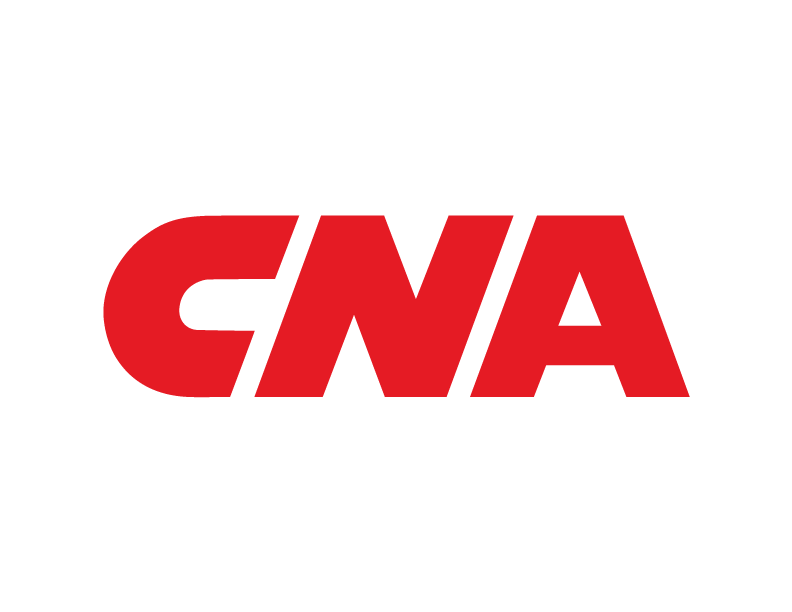The Importance of Diversity and Inclusion in the Workplace
At CNA, we understand the importance of fostering an organizational culture that celebrates individuals’ differences, attracts diverse talent, and inspires a work environment that enables all employees to do their best work. As we come to the end of Pride and National Indigenous History Month in Canada, we take away valuable information that can help us create actionable change. But our efforts toward progress should not stop there. While we learn about diversity and its importance to maximizing productivity and increasing innovation, performance, talent attraction and retention, we must also focus on inclusion.
Though often conflated, diversity and inclusion are separate concepts. Diversity “refers to anything that sets one individual apart from another, including the full spectrum of human demographic differences as well as different ideas, backgrounds, and opinions people bring,” whereas inclusion “implies a cultural and environmental feeling of belonging and sense of uniqueness.”i
To harness the power of diversity and inclusion, organizations should:
- Commit at the top
- Identify and amplify best practices
- Instill values and organizational commitment at all levels
As CNA Chairman & CEO Dino Robusto explains in the Article in Leaders Magazine “Diversity of talent enhances performance and is required for our industry to evolve. When you have this in an industry, then you can rest assured you will be valued for what you uniquely bring to the company and the broader industry”.
For CNA, this starts at the top and is reaffirmed as a business imperative and area of strategic focus across the entire organization. In 2020, we started to build the foundation with all employees on a skill building journey and then specific learnings for leaders that built upon the foundational learnings and how to create an inclusive environment through a three-part leadership learning series. We also focus on championing initiatives and habits through institutionalized allyship and recognizing employees that lead by example. Allyship is critical to our organizational framework and helps us to succeed and overcome any challenge together.
In addition, best practices and behaviours focused on ingrained inclusion are critical to an organization as employees develop and grow. Business cultures that promote inclusionary practices and diversity of thought are shown to:
- Increased profitability, revenues and stronger governanceii
- Increase innovation, creativity and openness by 59% as well as consumer interest and demand by almost 38%iii
- Increase trust and engagement at workiv
And finally, instilling values and promoting positive behaviour ensure employees feel comfortable in their work environment. Too often, organizations focus on the symptoms of an unhealthy work environment rather than the root causes. By addressing behaviours that go against our organizational framework, we empower employees across the organization to listen, learn and create positive change. Diversity and inclusion requires careful consideration. There is no quick-fix solution.
For employees to reach their full potential, they need to operate in an environment that values and respects them. At CNA, we are always seizing the opportunity to be better and push for positive change as it is the right thing to do.
iHarvard Business Publishing (2020). Start Here: A Primer on Diversity and Inclusion (Part 1 of 2). Retrieved at: https://www.harvardbusiness.org/start-here-a-primer-on-diversity-and-inclusion-part-1-of-2/
iiWorld Economic Forum (2019) The business case for diversity in the workplace is now overwhelming. Retrieved at: https://www.weforum.org/agenda/2019/04/business-case-for-diversity-in-the-workplace/
iiiInternational Labour Organization. (2019) Global Report: Women in Business and Management: The business case for change. Retrieved at: https://www.ilo.org/global/publications/books/WCMS_700953/lang--en/index.htm
ivCatalyst (2020) Why Diversity and Inclusion Matter (Quick Take). Retrieved at: https://www.catalyst.org/research/why-diversity-and-inclusion-matter/
Au Canada, les produits et/ou services décrits sont fournis par Continental Casualty Company, une compagnie d'assurance IARD. Les informations sont destinées à présenter un aperçu général à des fins d'illustration uniquement. Lisez la clause de non-responsabilité générale de CNA.
